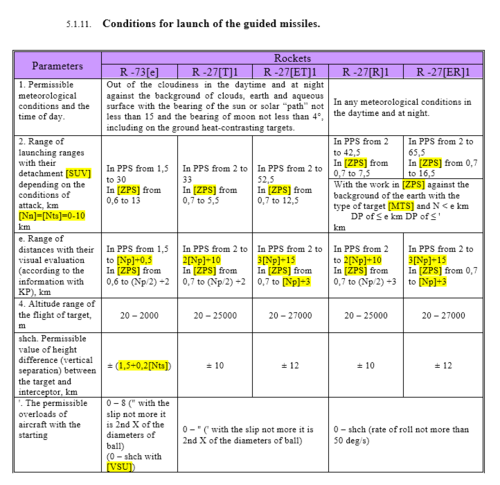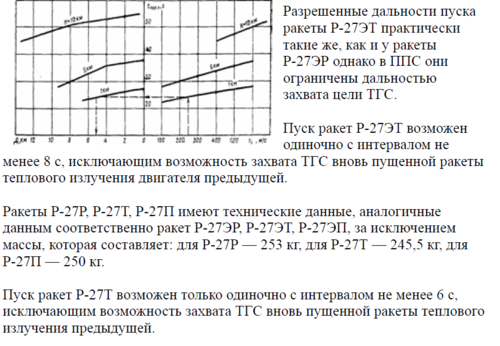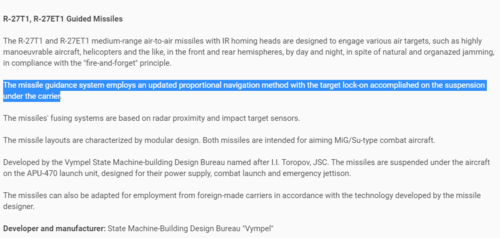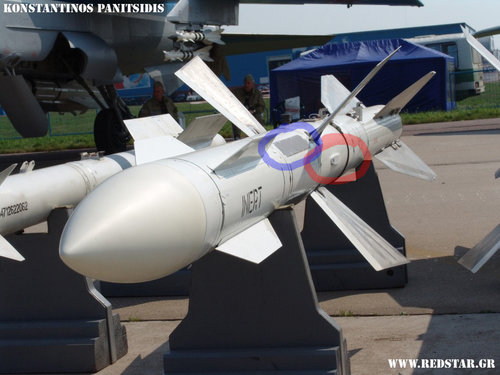- Joined
- 27 December 2005
- Messages
- 17,749
- Reaction score
- 26,395
Here are the available sections of the Su-27SK Flight Manual- click to download - in the original Russian.
[dead links removed]
[dead links removed]
Dilbert said:The date of declassification is printed on the manual itself - Feb. 24, 2004.
"Free" is a different story... ;D
What is my experience is that the classified (or so-called 'secret') literature is stored in the secret library (with controles access) of any military establishemnt (unit), and after declassification of the book (manual), it is made available to the non-secret library in a given military establishemnt, where the access is unlimited, and thus everybody working in this estabisghment can even take it home for some time. Another way is that the declassified manual is provided to a public use library.mrdetonator said:Dilbert said:The date of declassification is printed on the manual itself - Feb. 24, 2004.
"Free" is a different story... ;D
does the "GRIF SNIAT" mean it is for public? No way!!!
Ok, give me some sections of the manual you are most interested in, I`ll try to tidy it up. I hope the rough translation to the English has already been done.overscan said:Pit has done some work on tidying up the parts of the manual that interests him. However, large sections of the manual are quite dull. Is anyone interested in this procedural stuff, or is the main interest in the weapons systems, avionics etc?
On Wikipedia, someone describes a LOAL mode for R-27ET with the reference link to Su-27 Flight Manual booklet-1. 2001. p. 151:Reupload - I seem to have lost the original scans somehow but found this copy on the net.
Su-27SK Technical Manual Vol6 Chapter 2 (Avionics) & Chapter 8 (Gardeniya ECM system here (4.8MB DJVU file)
here's a list of the various system designations in Russian, with English translations, again courtesy of Sébastien Benoit and me.
System Designations (Russian/English)
Still working:
Russian Flight Manuals, reformatted in Word. The drawings are all redrawn.
http://www.secretprojects.co.uk/Su27_Rus_1.doc [Book 1]
http://www.secretprojects.co.uk/Su27_Rus_2.doc [Book 2]
English translations. Formatting is gone a bit bad but reasonably readable.
http://www.secretprojects.co.uk/Su27_Eng_1.doc
http://www.secretprojects.co.uk/Su27_Eng_2.doc
In cases of maximum head-on range launches where lock-command cannot be utilised, missile can be fired in PPS: In this mode, missile will fly straight until achieves target lock


"R-27ET missile with a passive thermal homing head (TGS) provides a mean to defeat heat-contrasting air targets flying at altitudes from 30 m to 25 km at a speed of up to 3500 km h (on opposite courses), day and night, under conditions of their optical visibility at attack from various angles. In addition, the rocket can be used to destroy unarmored heat-contrasting ground targets.
The R-27ET missile differs from the R-27ER only in the type of homing head and the absence of a radio correction line. The homing thermal head has two photodetectors: one with deep cooling to a temperature of T = –360 ° C, and the other is uncooled. The main mode of operation of the TGS is with a cooled photodetector. When the cooled gas (nitrogen) is used up, an uncooled photodetector is turned on, while the target capture ranges are sharply reduced and its attack is possible only in the ZPS. TGS has good noise immunity from active and natural interference.
In contrast to the CWG, the homing thermal head must capture the target while on the suspension by target designation from the aiming system (RLPK, KOLS, NSC, OPT) or without target designation in the Ψо mode

Allowed launch range R-27ET substantially the same as that of the R-27ER but PPP are limited by TGS target capture range.
The launch of R-27ET missiles is possible only with an interval of at least 8 s or thermal radiation from the previous launch eliminating the possibility TGS of the newly launched missile capturing target
The R-27R, R-27T, R-27P missiles have technical data similar to those of the R-27ER, R-27ET, R-27EP missiles, respectively, with the exception of the mass, which is: for R-27R - 253 kg, for R- 27T - 245.5 kg, for R-27P - 250 kg.
The launch of R-27T missiles is possible only with an interval of at least 6 s or thermal radiation from the previous launch eliminating the possibility TGS of the newly launched capturing target

I heard people talking about the rear facing antenna for a while but never noticed the location until now.The R-27[E]R receives the illumination signal from the host aircraft's radar via rear-facing antennas located just behind the control surfaces. These are used to recieve a reference signal for the seeker guidance, as well as radio-correction commands. We know for certain that the R-27[E]T lack the radio-correction capability.
That does sound like LOAL to me, AIM-132 does the same thing. However I just can't locate that line in the manual. However, strictly speaking that appears not to be what Wikipedia claims - the scenario described is a straight (i.e. no trajectory correction) fly-out followed by the seeker hopefully acquiring the (right) target on its own once it has closed into range.

